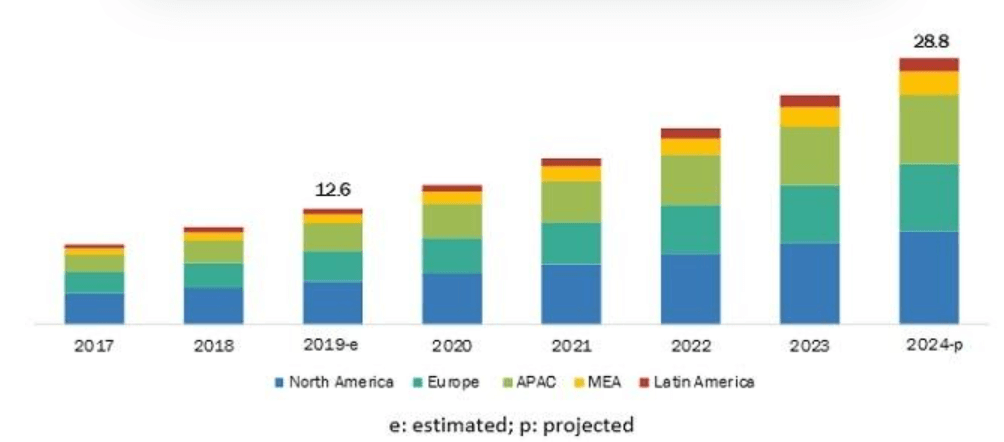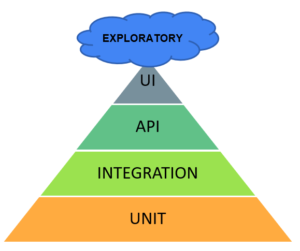
It’s the golden era of Test Automation! You cannot talk about the latest practices like DevOps, Continuous Delivery and Continuous Testing without the term Automation. With the power of automation, Testing has taken a ‘moonshot’, transforming the way the world looks at Testing.
In a traditional software development environment, testing would get completed at the end of the development cycle. Also, manual testing is time-consuming and prone to errors. Organizations are now translating their manual test cases to automated testing to achieve Quality-at-Speed, lower the risk factor and improve the test coverage.
Agile and DevOps have changed the way the code is developed, tested and deployed. Development and QA teams are under tremendous pressure to have a working version of the software within each sprint. The software is always in development and must be deployment-ready at all instances making testing mandatory at every stage of the delivery pipeline. And Continuous Testing and Test Automation are the keys to its success.
According to the World Quality Report, there is an increase in the adoption of Agile and DevOps. With the growing risk and complexity of software development, teams are on the hook to keep quality high. This has resulted in QA teams becoming orchestrators of quality.
Test Automation is a method in software testing that leverages automation tools to control the execution of tests. Test automation is also called automated testing or automated QA testing.
According to the MarketsAndMarkets report, “the global test automation market size is anticipated to rise from USD 12.6 Billion in 2019 to USD 28.8 Billion by 2024 at a CAGR (Compound Annual Growth Rate) of 18.0 per cent during the prediction period”.

Let us look at the types of tests that can be automated and how they help test every aspect of the system enabling users to achieve a frictionless experience.
The more automation you do, the more time you save. But this doesn’t mean you can automate everything! So, how do you choose the type of test cases that can be automated?
To get the maximum Return on Investment (ROI), automate the test cases that fall under the following criteria:

Quality, Agility and Continuous delivery go hand-in-hand in the software development cycle.
The Test Automation Strategy defines a framework for automated test scripts. It calls for automating tests at different levels.
Unit and Integration testing represents the base and majority of this test automation pyramid. Next comes, service layer, or API testing where the API tests are executed against the service layer.
And finally at the top of the pyramid are the GUI tests that validate the application as a whole at the presentation layer. Top it up with exploratory testing that identifies potential edge cases. Unlike scripted testing, exploratory testing uncovers unique and out-of-scope defects that would have otherwise been missed.

Defining the scope will help keep all the teams on the same page.
Consider the following parameters while choosing the best tool based on your requirement:
Testing has to be repeated every time there is a change. Automating the tests can reap multiple business benefits like:
Continuous Testing is a must for continuous delivery, and it requires test automation throughout the delivery pipeline. With recent advancements, automation clubbed with AI/ML helps in accelerating the speed of deployment and reducing the common risks and pitfalls that come with continuous delivery.
The advantages of test automation are limitless. All in all, test automation is necessary to speed up the development and deployment of software releases. It not only helps organizations to save time, but also helps in delivering high quality products.
To maximize the benefits of automated testing, Webomates CQ believes that following a formal quality assurance process is imperative for a successful release. Along with shifting left the testing process, our QA team embeds intelligent automation and continuous testing principles right across the software delivery pipeline. With a perfect blend of Agile, DevOps, patented AI Defect Predictor tool and a test automation framework, Webomates can help you achieve a hassle-free release, every time!
Tags: Continous Testing, Non functional testing, Test Automation
Test Smarter, Not Harder: Get Your Free Trial Today!
Start Free Trial
Leave a Reply